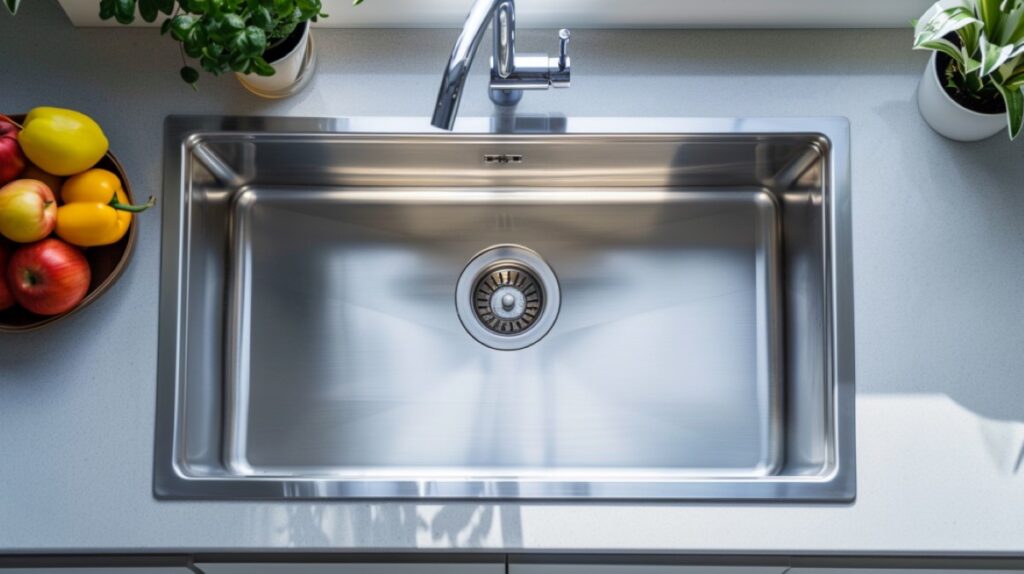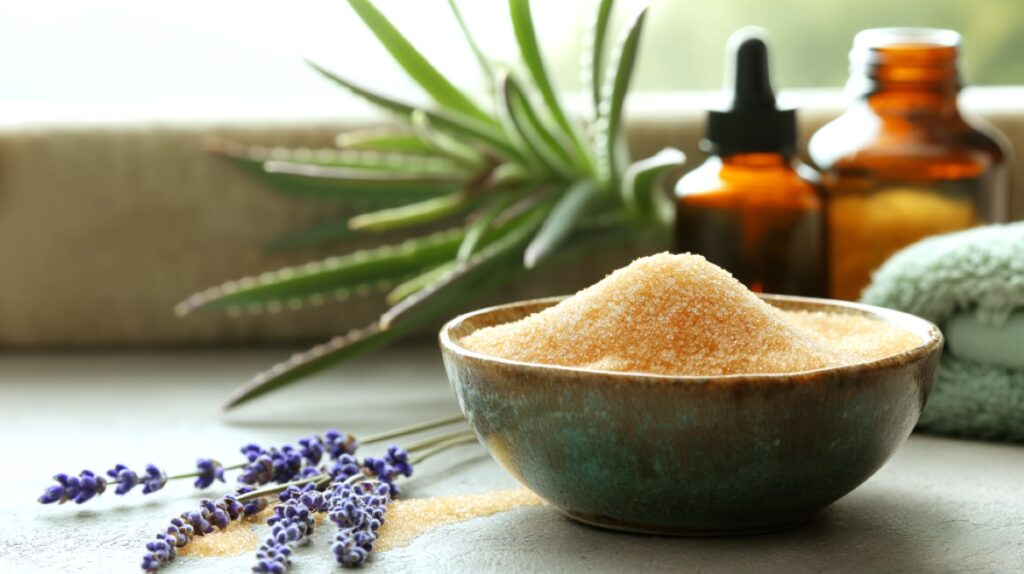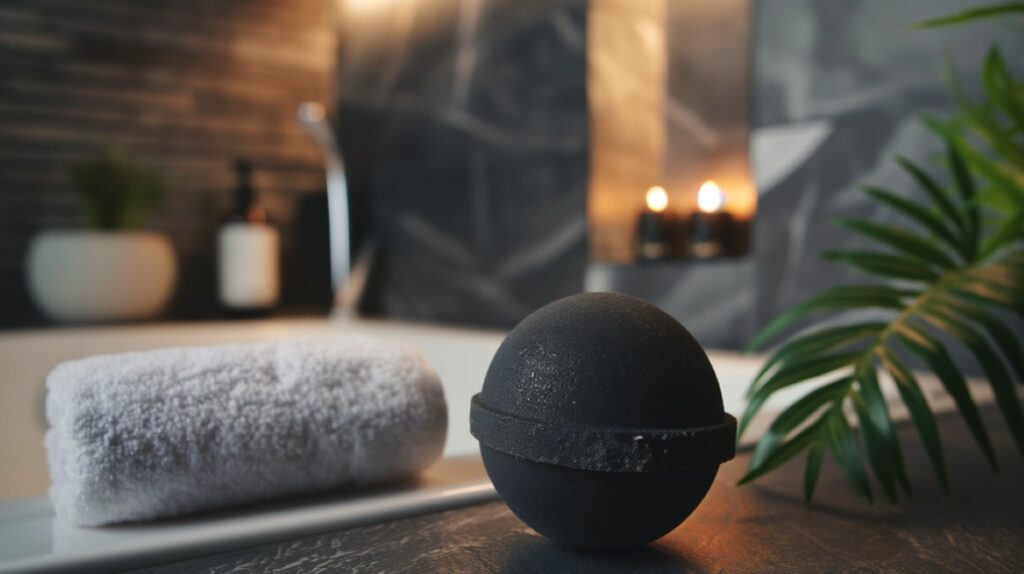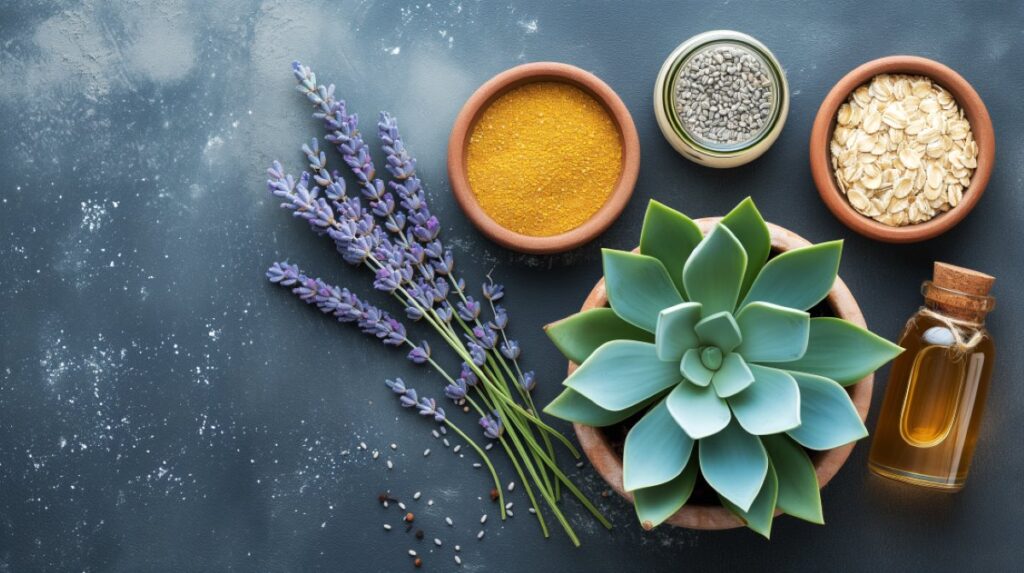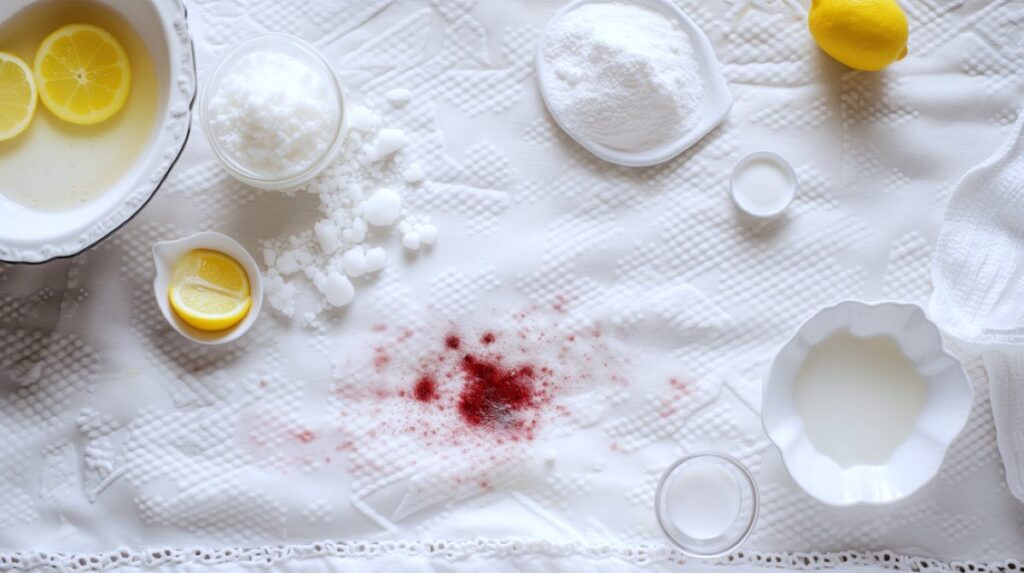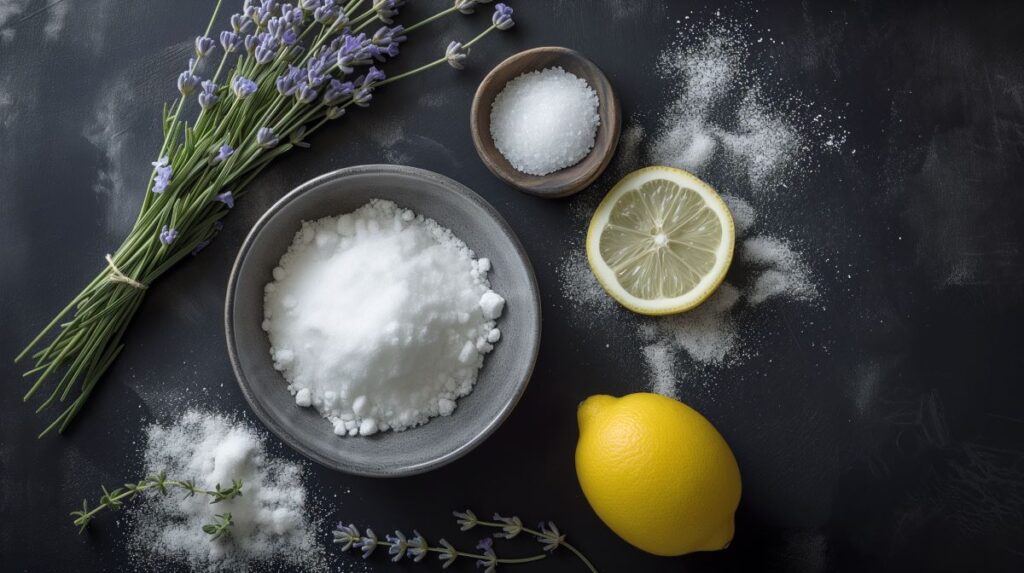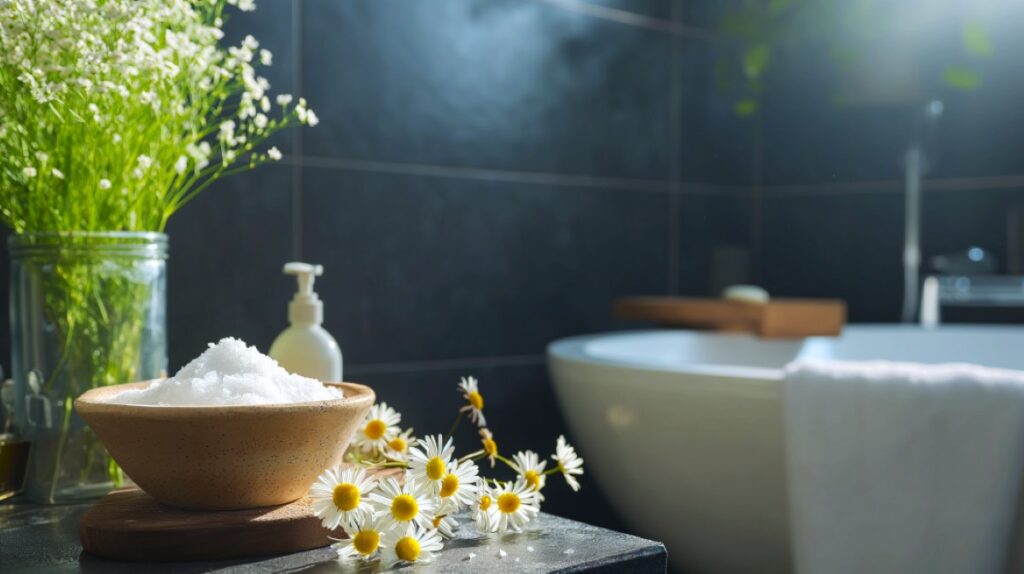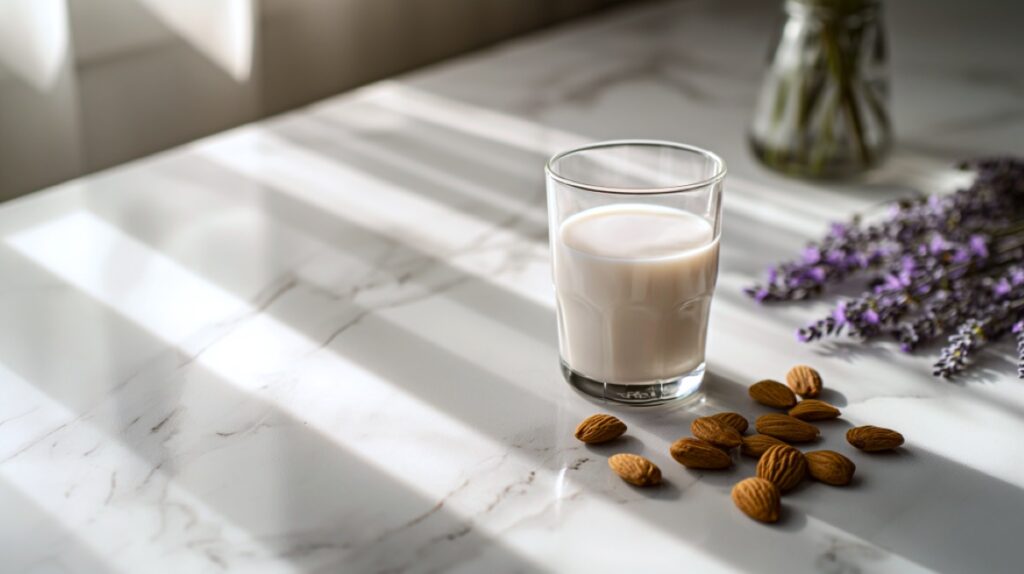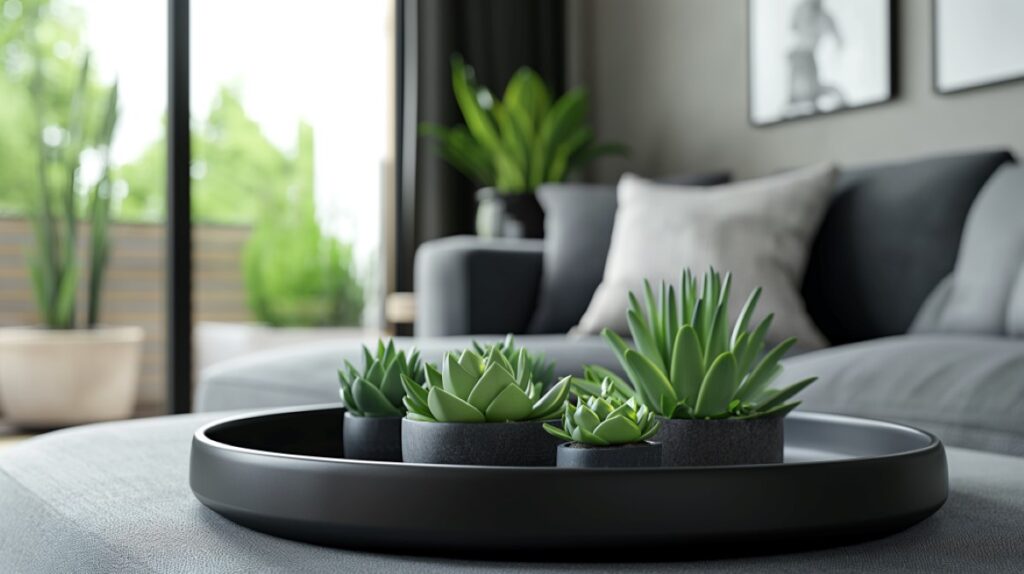How to Clean Patio Furniture Mesh + 3 DIY Cleaning Recipes
How to Clean Patio Furniture Mesh + 3 DIY Cleaning Recipes Maintaining the appearance and durability of your patio furniture mesh is a straightforward task that preserves your outdoor space’s functionality and aesthetics. We know what a difference it makes
How to Clean Patio Furniture Mesh + 3 DIY Cleaning Recipes Read More »

